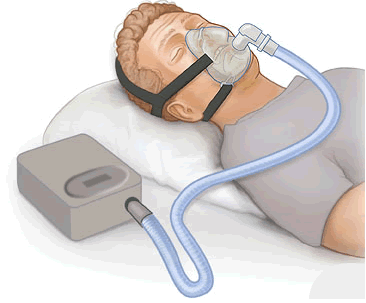
A recent study detailed in the Cardiology News article “In newly diagnosed hypertension with OSA, adding CPAP augmented the benefits of losartan,” the cause and effect relationship of obstructive sleep apnea and hypertension (high blood pressure) is detailed.
This study is very interesting because it compares the reduction of systolic blood pressure with blood pressure medication alone, versus blood pressure medication and CPAP (continuous positive airway pressure) therapy together.
And while this combination therapy appears to hold great promise, the prospect of patient compliance gives us pause. From a clinical standpoint, it is very common to hear about the obstacles patients face when trying to use their CPAP machines on a regular basis. While CPAP machines are very effective in treating sleep apnea, many patients find the required CPAP mask to be very uncomfortable and therefore many patients won’t use the mask. While the CPAP masks have come a very long way and are a lot more comfortable than they used to be, compliance nevertheless remains a primary concern.
The results of this study should give patients even more reason to stay compliant with not only their blood pressure medication, but also with their CPAP machine at night.
In a situation like this, when a patient is presented with not only having to start a new medication, but also to start CPAP therapy, having quality educational tools is key. A patient can only understand and grasp so much new information at one time.
As clinicians, when we are able to use multiple teaching mechanisms, our message is often better received. We can utilize both verbal and visual teaching since everyone learns differently. When CardioVisual is used in the clinic, the patient can be shown a video about OSA, CPAP, and normal heart function. These videos allow us to provide the patient with another layer of information about their new diagnosis and treatment. Better education may lead to better compliance, which may lead to better outcomes.